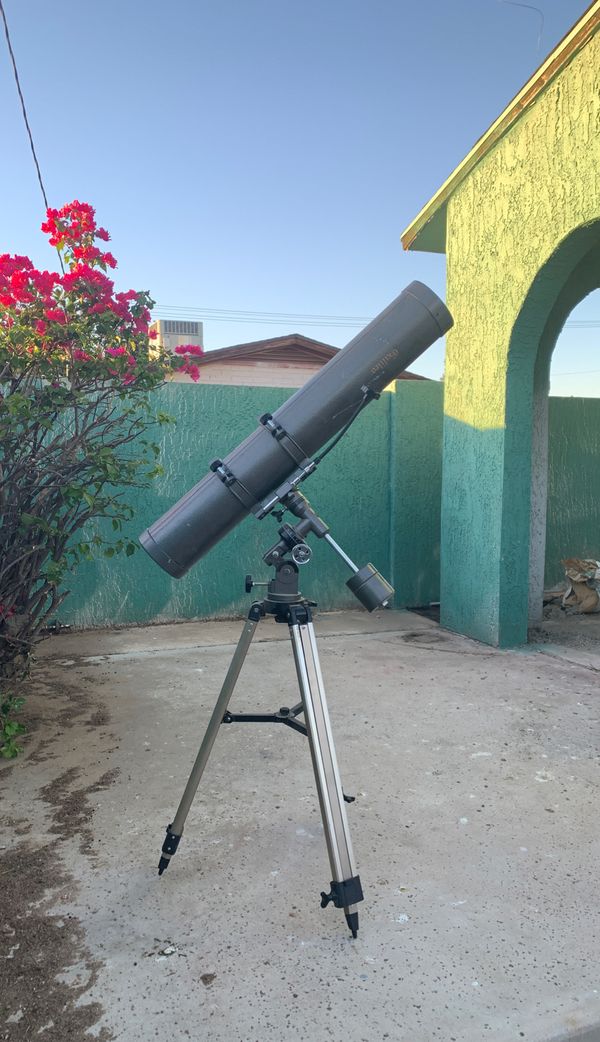
#Galileo telescope satellite archive
The Spitzer data, from both the primary and warm phases, are archived at the Infrared Science Archive (IRSA). ĭuring the warm mission, the two short wavelength channels of IRAC operated at 28.7 K and were predicted to experience little to no degradation at this temperature compared to the nominal mission. However, the two shortest-wavelength modules of the IRAC camera continued to operate with the same sensitivity as before the helium was exhausted, and continued to be used into early 2020 in the Spitzer Warm Mission. Without liquid helium to cool the telescope to the very low temperatures needed to operate, most of the instruments were no longer usable. The planned mission period was to be 2.5 years with a pre-launch expectation that the mission could extend to five or slightly more years until the onboard liquid helium supply was exhausted. It was the first spacecraft to use an Earth-trailing orbit, later used by the Kepler planet-finder. Spitzer was the third space telescope dedicated to infrared astronomy, following IRAS (1983) and ISO (1995–1998).

The Spitzer Space Telescope, formerly the Space Infrared Telescope Facility ( SIRTF), was an infrared space telescope launched in 2003. This shows how the Spitzer IRAC camera was able to see beyond the wavelengths of Hubble's instruments. Infrared observations can see objects hidden in visible light, such as HUDF-JD2, shown. An artist rendering of the Spitzer Space Telescope.


 0 kommentar(er)
0 kommentar(er)
